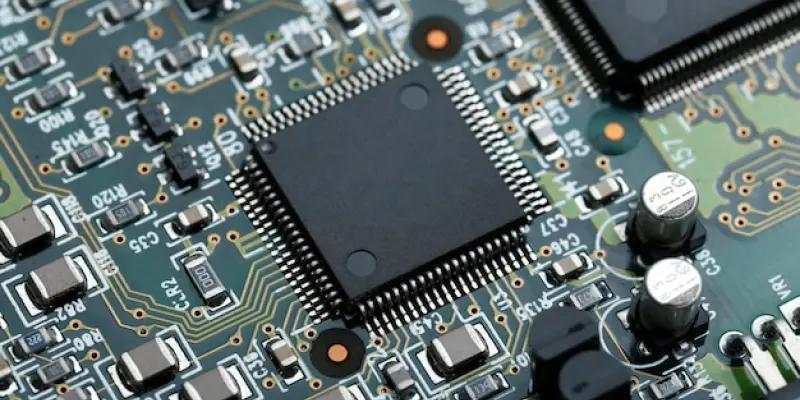Ray tracing technology, once a niche feature in computer graphics, has now become critical in rendering lifelike images and enhancing immersion in video games. Historically, Nvidia has dominated this domain, leaving competitors like AMD striving to catch up. However, recent developments suggest that AMD is making significant strides to bridge this performance gap. With the Radeon RX 9000 series, AMD is demonstrating a clear commitment to improving its ray tracing capabilities and potentially challenging Nvidia’s stronghold. The company’s strategic arrangements, including hiring industry experts, indicate a concerted effort to make advanced ray tracing techniques accessible at playable frame rates for the average consumer.
AMD’s Strategic Moves and Competitive Edge
Technological Advancements
AMD’s pursuit of ray tracing excellence is underscored by its focus on the Radeon RX 9000 series. These GPUs, which host advanced ray tracing features, offer competitive performance against Nvidia’s latest offerings. The RX 9070 XT, in particular, showcases remarkable capabilities, rivaling Nvidia’s RTX 5070 Ti in various gaming scenarios. Notably, AMD’s enhancements aim at improving real-time graphics rendering, a critical element in delivering cutting-edge imagery. Accordingly, AMD’s strategic focus on the essential components of ray tracing technology, paired with rigorous testing, suggests an ambition to redefine standards and increase competitiveness.
Expert Acquisition
Beyond product development, AMD is proactively recruiting top talent from Nvidia, Intel, and academic circles. This strategic hiring process is pivotal in accelerating AMD’s progress in ray tracing technology. By blending expertise from across the industry, AMD enriches its intellectual reservoir, enabling new innovations and refined solutions. These experts bring seasoned knowledge and insights, fostering growth and effectively reducing the gap between AMD and its primary competitors. This dedicated approach not only bolsters AMD’s research efforts but also enhances its strategic endeavors to make ray tracing a mainstream feature, thus challenging Nvidia’s dominance in the market.
Overcoming Challenges and Future Prospects
Performance Challenges
Despite technological advancements, AMD still faces challenges in rendering graphics-intensive titles. Games such as “Alan Wake II” and “Black Myth Wukong” push the limits of ray tracing implementation, and AMD’s GPUs occasionally struggle to maintain optimal performance. Addressing these issues is crucial as these titles represent high benchmarks for graphical fidelity, demanding robust hardware solutions. AMD’s ongoing improvements and refinements reflect its commitment to overcoming these hurdles, ensuring that its products deliver consistent performance across various demanding scenarios, thereby maintaining competitiveness and boosting user confidence in its offerings.
Future Developments
Looking ahead, AMD is concentrating on making ray tracing features more accessible, primarily through its upcoming UDNA architecture. Many anticipate that this architecture will reduce hardware entry barriers, making advanced graphics technology available to a broader audience. Furthermore, AMD is potentially gearing its technology toward influencing next-generation gaming consoles, such as Sony’s PlayStation 6, aligning with industry trends of increasingly accessible high-tech features. Meanwhile, Nvidia’s Rubin architecture poses a direct challenge, though AMD remains optimistic about its efforts. This rivalry inspires both companies to innovate continuously, improving ray tracing capabilities and providing the gaming community with richer experiences.
Shaping the Future of Graphics Technology
Ray tracing technology, previously considered a specialized feature in computer graphics, has now become essential in creating realistic images and enriching the immersive experience of video games. Traditionally, Nvidia has led the field, with rivals like AMD struggling to match its capabilities. Nevertheless, recent progress indicates that AMD is making notable advances in closing this performance gap. The introduction of the Radeon RX 9000 series highlights AMD’s dedication to enhancing its ray tracing prowess, posing a potential challenge to Nvidia’s dominance. AMD’s strategic moves, such as recruiting industry experts, reflect a decisive effort to make sophisticated ray tracing technology reachable for the average consumer by ensuring playable frame rates. This evolution signifies a broader trend where AMD is actively positioning itself as a major player in graphic rendering technology, aiming to elevate its competitive stature and provide consumers with more choices in high-performance gaming experiences.

